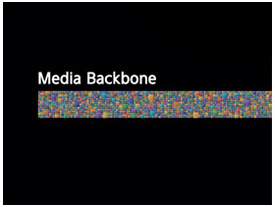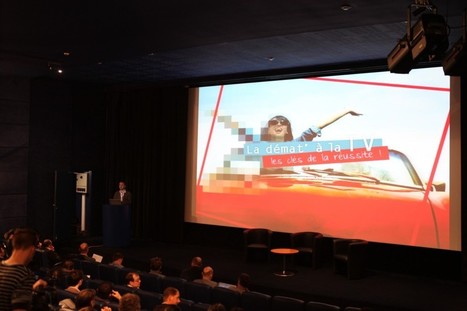Broadcasters no longer have the monopoly on the delivery of A/V entertainment to the home. In the fiercely competitive world of media and entertainment, companies have to deliver more versions and formats, but without increasing their costs. A channel is now expected to have a Web presence, as well as mobile and tablet versions of their content.
Organizations like the EBU and Advanced Media Workflow Association (AMWA) are promoting the service-oriented architecture (SOA) as a route to provide the interoperable media services that can serve the new business requirements.
For the seasoned video engineer, the world of SOA introduces terms and concepts that at first encounter seem foreign and more suited to the IT specialist. As video processing migrates to the file domain, there is no option but to become familiar with what at first sight may appear alien.
Broadcast systems have evolved around the imposed workflow of the serial processing steps of videotape operations. Over time, many processes have moved from dedicated hardware boxes with SDI in and out to software applications on a network. A typical broadcast operation is now a hybrid of SDI and IP connections.
In many cases, the workflow remains as the original tape-based flow. Over time, other applications like asset and workflow management are layered over the entire process chain. The system has grown by accident, not by design, and become a web of custom or proprietary interfaces linking the many applications.
Sure it works, it was designed that way, but when the time comes to replace a component part — say the playout automation — the inflexibility of the system rapidly comes apparent. The parts of the system are linked by a web of custom APIs, often restricted to a specific release of a specific software application. It is just not possible to swap out the automation for the latest product without attending to the web of interfaces.
To meet the demands for new services to the public, the broadcaster must add facilities for a mobile news service, a 3-D channel and interaction with a social media website. Along comes CES and some new consumer device to consume content. How do you add support for this new device? Will it mean more custom interfaces or more special workflow applications? The EBU and AMWA are developing a Framework for Interoperable Media Services (FIMS), which aims to provide a new technology platform that leverages current IT practices, like the use of the SOA, to provide business agility and to control costs.



 Your new post is loading...
Your new post is loading...

![[IBC 2013 Talk] The Future of OTT Platforms | Video Breakthroughs | Scoop.it](https://img.scoop.it/QcV918WTWh5B0iROqlVSxDl72eJkfbmt4t8yenImKBVvK0kTmF0xjctABnaLJIm9)









![Framework for Interoperable Media Services : FIMS White Paper [PDF] | Video Breakthroughs | Scoop.it](https://img.scoop.it/3wbB31kLNiKwnOisLmJzRTl72eJkfbmt4t8yenImKBVvK0kTmF0xjctABnaLJIm9)




